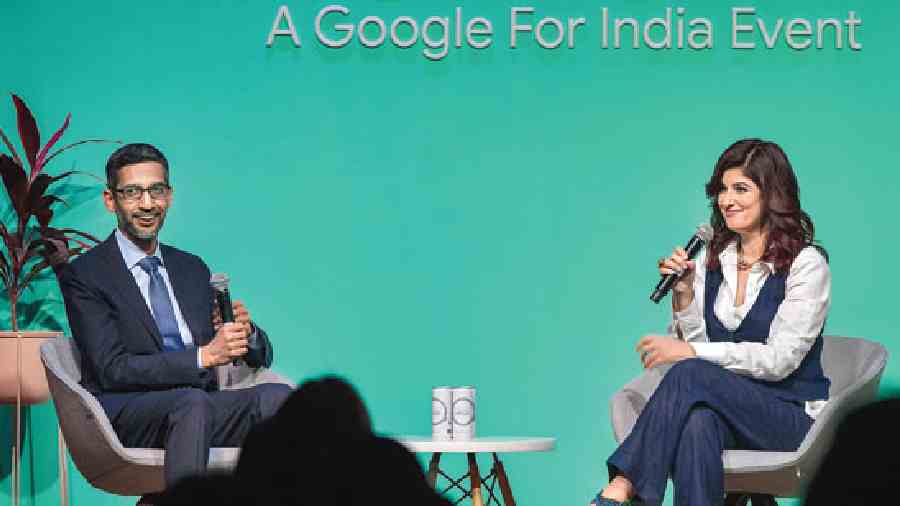YouTube is offering a new way to create educational content. The company has revealed that it is working on a feature called Courses, which will begin rolling out next year in beta in India, and a new audio dubbing process to make healthcare-related videos more accessible. Both the projects were discussed during the Google for India conference in New Delhi.
The platform announced the findings of the latest Oxford Economics study that illustrates the significant impact of the platform’s creator economy on the lives of Indians and the economy at large. The report by the independent consulting firm estimates that in 2021 YouTube’s creative ecosystem contributed over Rs 10,000 crore to the Indian GDP and supported more than 750,000 full-time equivalent jobs in India in 2021.
“A single idea can dramatically impact a community and the economy as a whole. We want YouTube to be the place for creative entrepreneurs,” said Ishan John Chatterjee, director (India), YouTube. “Courses is an in-depth, thorough learning process. Launching in India in the coming months, it will allow users to have multi-session courses; you can go deep into a structured process. Creators can upload supplementary learning resources, like PDFs. It represents a new monetisation opportunity. They can charge for a course or give it free,” he said.
At the moment Courses will involve digital skills (like coding), professional and entrepreneurial skills (like interview skills, building a business), and personal passions (like make-up tutorials and cooking lessons). Academic content will also be available, on the condition that it is offered for no monetary cost to viewers.
Courses will not only support richer learning experiences for audiences but also offer creators a new monetisation option. LearnoHub, Speak English With Aishwarya and Telusko among others will develop courses across academic and vocational subjects in various Indian languages in the beta phase.
Creators will be able to charge for a Course or they can offer it free. Free Courses will be ad-supported while paid Courses will be ad-free and can be played in the background.
YouTube also announced that it would expand efforts to work with more healthcare institutions, including Narayana, Manipal, Medanta, and Shalby, to create and amplify credible content, covering more than 100 conditions, across Hindi, Marathi, Tamil, Telugu, Kannada, Gujarati, Bengali and English.
Videos put out by big healthcare organisations need to be in different languages to have the maximum reach. For different languages you need different videos. What if the language option could be changed within a video? YouTube is doing just that. It works like to the captions system: you click on the settings cog and then on the audio track menu, which will have all of the languages the video is available in.
YouTube will support partners to achieve scale and efficiency in creating multilingual content. Aloud, a new AI/ML product incubated within Google, makes dubbing easy by transcribing, translating and dubbing original content, in very little time at no additional cost. A small group of hospitals, as part of an early access programme, are currently using Aloud to easily generate local language dubs on important health related videos, and make that information more easily accessible.
“Digital videos help people find reliable health information. The three important elements are — accessibility (easily discoverable), credibility (sources that use the best available scientific evidence) and understandability (clear and helpful answers to questions). We are piloting with a number of healthcare partners,” said Ajay Vidyasagar, director, South, South-east Asia and APAC emerging markets, YouTube.
There is one more video-related feature that the company is “piloting”. It allows you to search within a video from the Search app. Key in a search result and you get video results. You will be able to tap a “search in video” button that will let you type in a phrase to see if it shows up in the audio transcript, which is often auto-generated by YouTube. Next you will see context and tap on the timecode to be taken directly to the moment where the phrase is said.
